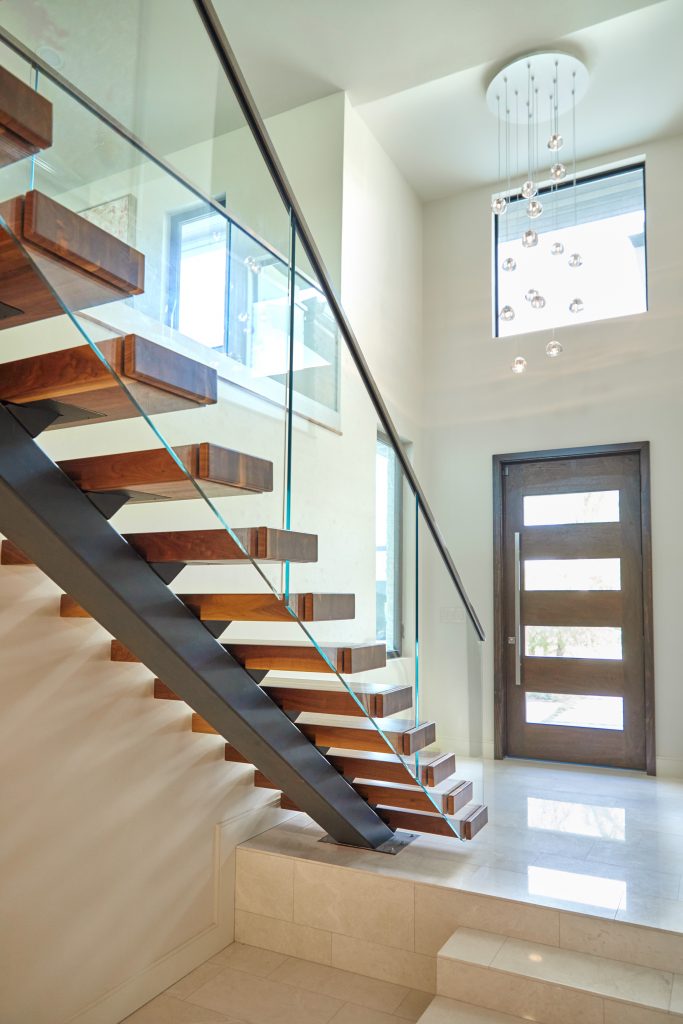Design and Installation of Staircases: A Comprehensive Guide to British Standards
When it comes to designing and installing staircases in the United Kingdom, adherence to British standards is paramount. Not only does this ensure safety and functionality, but it also plays a crucial role in enhancing the aesthetics of a space. In this article, we will delve into the intricacies of staircase design and installation, emphasizing the relevant British standards that must be followed for a successful project.
Why Are British Standards Important?
British Standards (BS) are a set of guidelines and specifications developed by experts to ensure the quality, safety, and performance of products and services. When it comes to staircases, adhering to these standards is crucial for several reasons:
-
Safety: Staircases are a key component of a building's structure, and poorly designed or installed stairs can lead to accidents. British standards prioritize safety, reducing the risk of accidents and injuries.
-
Compliance: Following British standards is often a legal requirement. Non-compliance can result in costly delays, fines, or even legal action.
-
Durability: Stairs should be built to last. British standards provide guidelines for materials and construction methods that promote durability and longevity.
-
Aesthetics: Well-designed staircases can enhance the visual appeal of a space. British standards also provide design principles to ensure that stairs are not only functional but also aesthetically pleasing.
Designing a Staircase
Step 1: Determine the Purpose
Before diving into design specifics, it's crucial to understand the purpose of the staircase. Is it a grand entrance feature, a space-saving spiral staircase, or a utilitarian access point between floors? The purpose will influence design choices.
Step 2: Calculate Dimensions
BS 5395-1:2010 outlines the dimensions for domestic stairs, including riser heights, tread depths, and handrail heights. Commercial and public buildings may have different requirements.
Step 3: Choose Materials
The choice of materials depends on factors like budget, aesthetics, and maintenance considerations. Common materials include timber, steel, glass, and concrete.
Step 4: Consider Aesthetics
Balancing functionality and aesthetics is essential. The design should harmonize with the building's overall style and decor. BS 8300-2:2018 provides guidelines for inclusive and accessible design.
Step 5: Safety Features
Safety should always be a top priority. BS 585:2013 covers the design of stairs and handrails for the elderly and disabled, ensuring inclusivity and accessibility.
Installation of a Staircase
Step 1: Choose a Qualified Installer
Select a reputable contractor or builder experienced in staircase installation. They should be familiar with British standards and have a track record of successful projects.
Step 2: Site Inspection and Preparation
Before installation begins, the site must be inspected to ensure it meets the necessary requirements, including structural integrity, adequate lighting, and proper ventilation.
Step 3: Compliance with Building Regulations
Staircase installation must comply with Building Regulations Approved Document K. This document covers aspects like headroom, guarding, and structural stability.
Step 4: Skilled Installation
The installation process should be carried out by skilled professionals who follow the design plans precisely. Any deviations from the approved design may lead to non-compliance with standards.
Step 5: Testing and Inspection
Upon completion, the staircase should undergo testing and inspection to ensure it meets safety and quality standards.
Maintenance and Inspection
Regular maintenance and inspections are essential to keep staircases safe and functional. BS 9999:2021 provides guidance on fire safety in the design, management, and use of buildings, including stairs.
In conclusion, the design and installation of staircases in the UK should never be taken lightly. Adherence to British standards is not just a legal requirement; it's a commitment to safety, quality, and aesthetics. Whether you're designing a staircase for a residential home or a commercial space, following these standards ensures that you create a safe, durable, and visually pleasing structure that stands the test of time. Remember, safety always comes first when it comes to staircases, and British standards are there to guide you every step of the way.

